Delivering safety and hygiene: How online food and delivery businesses are thriving during crisis
 Nicolas Algoedt
Nicolas Algoedt
Apr 7, 2020
 Nicolas Algoedt
Nicolas Algoedt
Apr 7, 2020
 Nicolas Algoedt
Nicolas Algoedt
Apr 7, 2020
 Nicolas Algoedt
Nicolas Algoedt
Apr 7, 2020
The spread of the coronavirus and sweeping policy measures taken by various governments
have led many industries into unchartered territories. We’ve seen tourism, airlines, electronics and many other industries hit by the COVID-19 crisis, but there’s been an unprecedented growth spike in the online food and delivery industry. As consumers globally have been either mandated to stay home or have chosen to do so, they have resorted to ordering food and groceries online.
As more countries implement mandatory social distancing and restrict the non-essential movements of public and business services, consumers have turned to online food and grocery delivery services to stock up on food and household items.
As Dine-in and Retail Fail, Online Food and Delivery Prosper
9 Key Strategies to Keep Your Online Food and Delivery Business on the Growth Track
Building a Safer Community and Long Lasting Relationships
According to the new UBS research, demand for online delivery has risen in most markets impacted by the coronavirus outbreak. Reuters reported that Uber’s food delivery business will likely benefit from the epidemic, despite its ride-hailing business taking a small hit. Demand for Food Panda, Delivery Hero’s brand in Asia, has shot up to almost 80% during the New Year holiday in Hong Kong. Yogiyo, Delivery Hero’s brand in South Korea, has seen a weekly 3% to 4% increase in deliveries since January 20. Food delivery businesses in Singapore also saw a similar upward trend. Grab orders in Singapore rose by 20% in early March.
As the lockdowns last, , every online food and delivery business needs to analyze, prioritize and reinvent their marketing approach. Few questions you need to ask yourself to help plan and strategize your marketing initiatives.
Answering these questions will give you some insights and action points which will help you redesign your marketing strategy. While you were busy answering these questions, we’ve come up with ready to use actionable strategies to ensure business continuity and growth for your business.
1. Assure and Educate Your Users About Safety and Hygiene Policies
Safety is the keyword in every consumer’s mind. It has become imperative to adhere to mandatory safety instructions. Consumers are very concerned about the safety and hygiene of the product/food they order, the place they order it from and the person that delivers it. It has now become indispensable to assure your users that their food is hygienic and the product is safely delivered to them.
Use banners to communicate your safety standards and assure your users about how safe it is to order food or get products delivered from your business. Here’s an example of how Pizza Hut is using its home banner to ensure customers of the quality and safety of its restaurants.
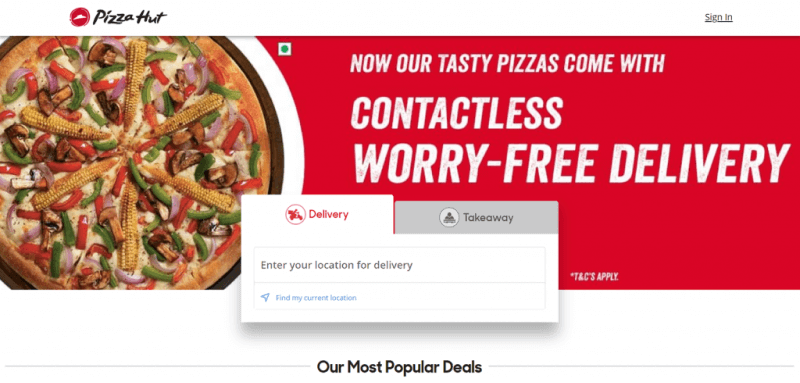
2. Update Your Customers With Changing Delivery Timings & Policies
With changing situations during the lockdown, it is important to keep your customers up to date on your delivery policies that might affect their orders.
Be it your business operational hours, delivery timings or city-based delivery slots, create banners or send push notifications to keep users updated with your delivery policies and terms.
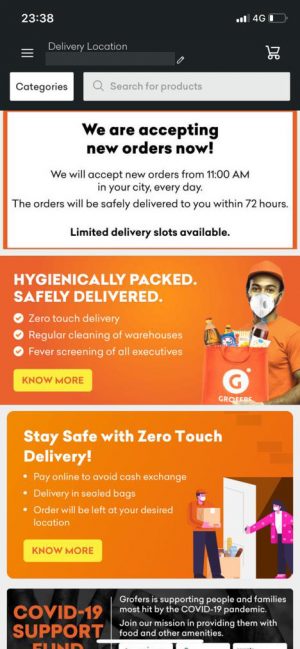
3. Engage Your New and Existing Users Across Multiple Channels
Have a rich user base that already knows the drill of ordering online? Engage with them on multi-channels and bring them back to your app with new contactless delivery options.
Are you experiencing an increase in your new user base with an increase in traffic? No problem! Encourage users across multiple channels and nudge them towards making their first purchase. You can build a journey and put your new users in an onboarding flow and engage with them on all digital touchpoints to guide them towards placing and order.
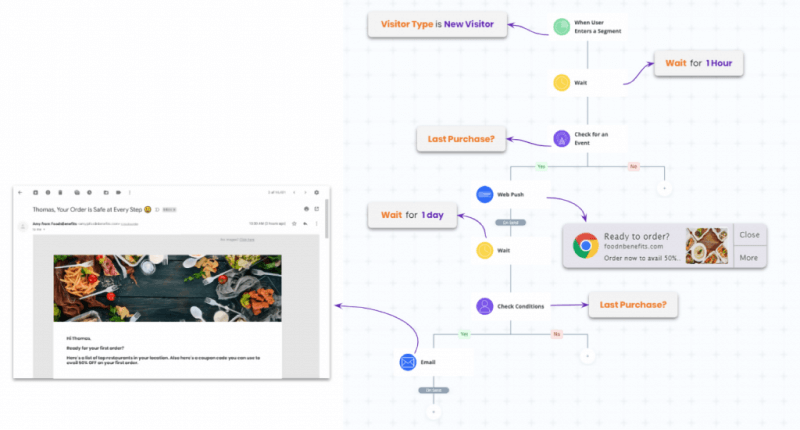
4. Help Users Make Informed Purchase Decision Via Smart Product Discovery
Providing customers with as much information as possible and helping them find the right product should be the number one priority for online businesses. It isn’t about making your products sell faster, it’s about guiding users to make the right purchase decisions faster.
Customers are now extra cautious about the products and services they buy. Product badging serves as a great way to discover products and help users in quicker decision making. Adding product badges on your product listings helps customers to make an informed purchase decision.
Here’s an example from Deliveroo, an online food delivery business using time badges to help users to make informed purchases based on the time taken for delivery.
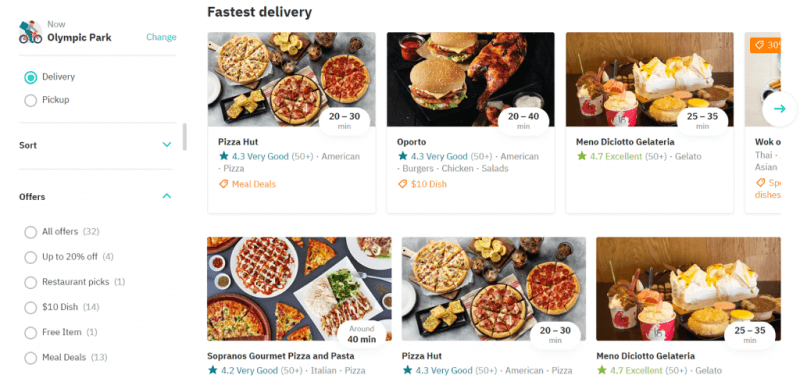
Recommendations serve as a great way to tackle the new and existing users and help them spend more time on your website/app. It also helps users discover the products they need faster and make informed purchase decisions. Leverage recommendations on product pages for users to discover the right product for their needs speedily.
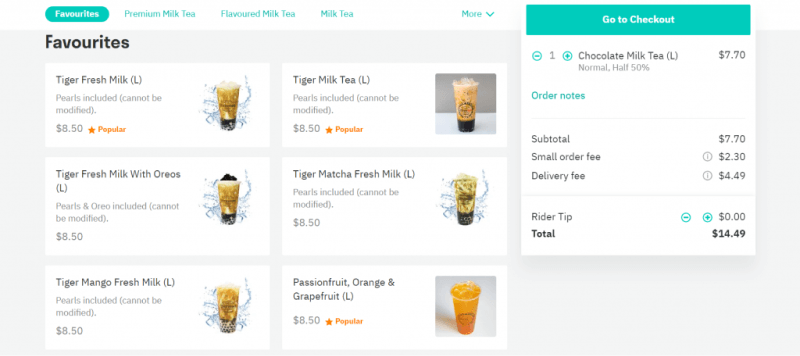
5. Leverage Social Proof and Purchase Progress to Assure Shoppers Feel Comfortable About Their Purchases Online
Governments and businesses are trying their best to communicate with customers and asking them not to fall into panic buying which results in hoarding essentials unnecessarily. It happened with sanitizers, masks, gloves, handwashes and toilet rolls. Many eCommerce businesses saw customers barrage into their offline stores creating havoc. It is important to guide online shoppers to avoid this kind of shopping behaviour with transparent messaging.
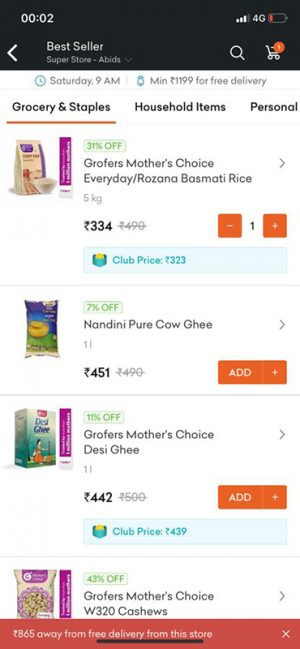
6. Encourage Users To Choose Cashless Transactions
In the process of curbing COVID-19, consumers have restricted themselves from going to ATMs and banks. Abiding by health advisories and customer concerns, online food and delivery businesses have introduced contactless delivery of food and essentials. However, this is still an option for users to choose from and some users still continue to transact with cash.
As a responsible business, you need to ensure the safety of your customers and your own employees. Incentivize your users and encourage them to go cashless with their orders. Here’s an example of how Domino’s encourages users to pay with payment wallets, coupons and online banking.
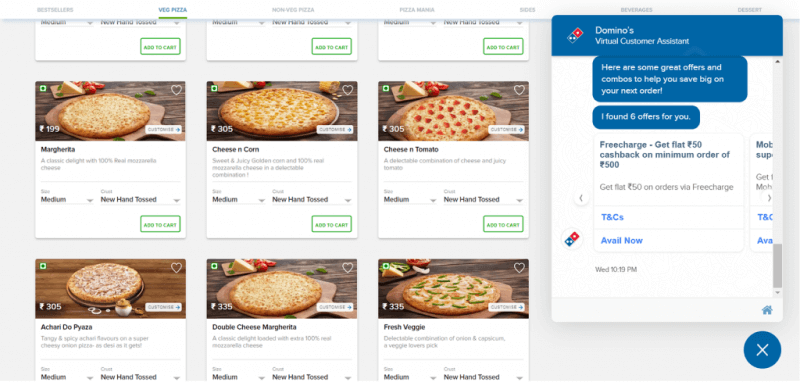
7. Embrace and Welcome New Users
As countries go under lockdown, offline stores, restaurants are ordered to close. Governments have asked companies and businesses to enforce work from home. During these conditions, offline shoppers are switching to online services to supply their daily essentials and food needs. This trend is strongly felt among online food and delivery services.
Empathize with your customers and seek help during these tough times.. Here’s an example of how GrubHub uses an overlay to show that we are in this together.
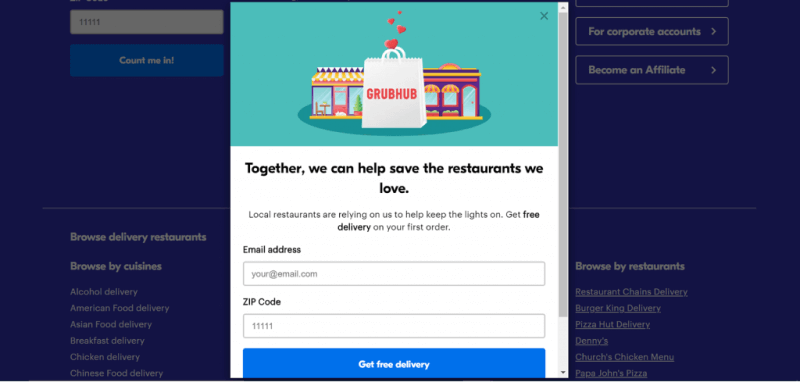
New users are a great audience to collect feedback from as they are not biased about your online experience. This will help you improve your service standards and strengthen your brand value. It also helps in building a seamless user experience right from the first purchase.
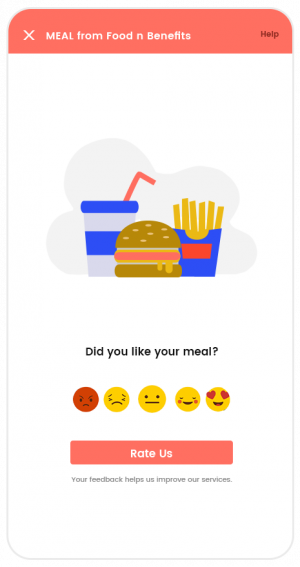
8. Incentivize Users to Download Your Mobile App
As new users get used to your online services, you encourage them to download your mobile app. Incentivize your users with free delivery or discount on their first app order to encourage them to download your app. Use smart banners on your web pages to convert your web users to mobile app users.
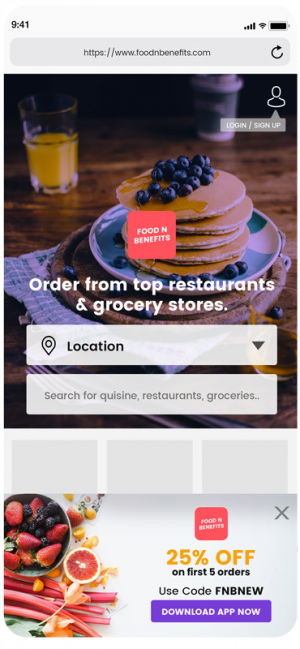
9. Optimization Managers, Act on the Surge in Traffic
Despite uncertain times, you are receiving higher traffic than usual.This might be a good opportunity to run tonnes of experiments on your website to get great insights from customers and optimize experiences across channels.
More users are practicing social distancing and doing their bit to stop the spread of COVID-19. As an online food and delivery business, it is also your responsibility to help them practice this with ease as your services have become a vital asset for the society during these challenging times. While you are servicing your customers, it is important to ensure the safety of your employees who work harder during these times. Offer your users orders that fulfill the safety and hygiene regulations, get to know them and continue to serve them. They will remember how you made it easier for them when everything gets back to normal.
During these times try to build deeper relationships with your customers and act on the idea of going digital. No one knows how long this pandemic is going to last. With changing policies and operational restrictions, you need to constantly adapt to the changes that come your way and ensure business continuity.
To learn more about how Insider can help your business during the crisis with continuity and growth reach out to us and we’ll schedule a personalized demo with one of our digital growth experts.

Written by
Nicolas Algoedt
Passionate about new technologies and e-commerce, Nicolas has held various position at leading e-commerce and tech companies including Groupon, Microsoft and Bwin.